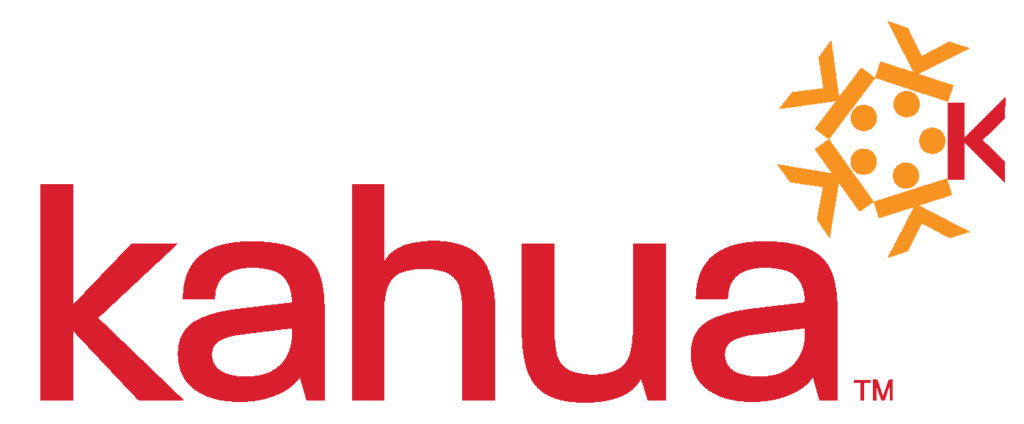Your Rate of Innovation Depends on Your Ability to Change
Innovation is the ability to see change as an opportunity, not a threat. — Steve Jobs
During my several decades in the construction software industry, I’ve learned that “cutting edge” doesn’t last. No matter how advanced and novel a product may seem, new technology will be created, ultimately making it obsolete.
Unless … the very DNA in that product is adaptive and can readily incorporate those incredible, new ideas that humans continue to originate.
I learned that lesson with Kahua CEO Scott Unger a long time ago, when a revolutionary software company we created back in the 1990s became – as we kindly call solutions that have run their course – “legacy.” Here’s the story and why it matters today.
Scott was a Tulane University grad and co-owner of Nix-Unger Construction, a successful painting and finishing subcontractor. His engineering mind allowed him to see cumbersome business processes that subs had to perform as “fixable,” and he began to write software programs to automate the paperwork. His company could then more profitably manage projects.
Scott’s father, an engineering professor at Auburn University where I was a student, introduced the two of us, and we became friends. Later, we became business partners. We expanded Scott’s idea, commercialized it, and made it adoptable by other construction ventures. Emerging Solutions Inc. was founded and in 1994 soon began doing business as Constructware.
We continue to build off Scott’s initial great idea. Those incremental improvements first offered to contractors eliminated the need for any paper processes. Exponential improvements were offered in 1997 when Constructware became the very first construction project management information system (PMIS) to be offered over the internet as Software as a Service (SaaS).
It was a revolutionary idea, and the change-resistant construction industry needed some convincing. But the benefits were obvious, and other vendors followed. The industry was officially changed. We continued to grow, and in 2006, Constructware was acquired by Autodesk.
As a mature product, we could see that Constructware had limitations: with the internet-based collaboration came the question of data ownership; a rigid one-size-fits-all solution was not suitable to many customers; also, it was difficult to rapidly develop and deploy new features and applications in a SaaS environment.
We saw these necessary changes as an opportunity, and Kahua was born. The most obvious difference from other PMIS offerings was that Kahua came to market as a low-code application platform (LCAP). Think of Legos. Kahua is built upon a platform which innovators outside the walls of Kahua could stack more Legos.
Here’s an analogy: Your cell phone is an LCAP. On Android or IOS, Google and Apple focus on the most important features – the operating system, the phone app, the texting app, the camera app, etc. Much like your cell phone has core applications critical to what a phone does, Kahua has core applications critical to a PMIS.
The Kahua team focuses on that: the platform itself and on the most critical apps for a PMIS, including construction document control, design management, cost management and change management. (And we’ve got products with baked-in vertical-specific functionalities for construction project management for education, healthcare, transportation and government.)
Neither Google nor Apple knows much about managing an airline or hotel, so they let others write the airline and hotel apps.
Likewise, the Kahua team learned from its Constructware days that if your team is the only team that can develop, output is limited. With an LCAP, your entire ecosystem can develop new and better tools for any specialized application. Kahua has over 50 partner companies and 550 certified developers that bring an incredible breadth of industry knowledge that no single firm can.
We know that one size doesn’t fit all. Sometimes you need to add Legos, and you need to do so quickly and easily. No waiting around a few years for the software company to decide there’s enough pent-up demand to make it happen.
The need for interoperability was also recognized early on, and all applications are built through the application programming interface (API), making Kahua incredibly open to communication with other tools. Kahua’s patented interoperability tech allows us to solve the construction data-ownership problem. Each Kahua client can use its own site to communicate with other Kahua sites, entering data only once, exchanging it appropriately, with each party in control of its own records.
Kahua – built on that Lego-like platform – has launched new technology that may have even greater impact than these previous innovations. We call it Asset Centric Project Management. Simply put, it means to manage the information (data) created on a construction project through the lens of the asset owner. When the building or infrastructure construction is completed, all of the documents and data handed over are done in a highly intuitive, organized manner.
It is determined at the beginning of the project what info the owner needs to operate the new asset. Identifying and logging critical asset data from the start of the project in a single platform allows for an immediate digital handover of all asset info, eliminating additional work and time. The result is a seamless digital transfer of all asset data as it is created. The data can be fed into an owner’s own computerized maintenance management system (CMMS) tool, and the Kahua platform offers capabilities to continue managing asset data within the same platform used during the build process.
Asset Centric Project Management requires little or no extra effort; the data is already being collected along the way. We simply specify up front what the critical data is and how it is to be recorded.
It is as elegant and pure an idea as Scott’s original one … let’s just make this process better.
When the changing world inspires you to change the world, you can do that.
***
Watch this webinar to learn more about Asset Centric Project Management and the benefits of automating the collection of asset data in a way that makes it useful long after the project is over.


